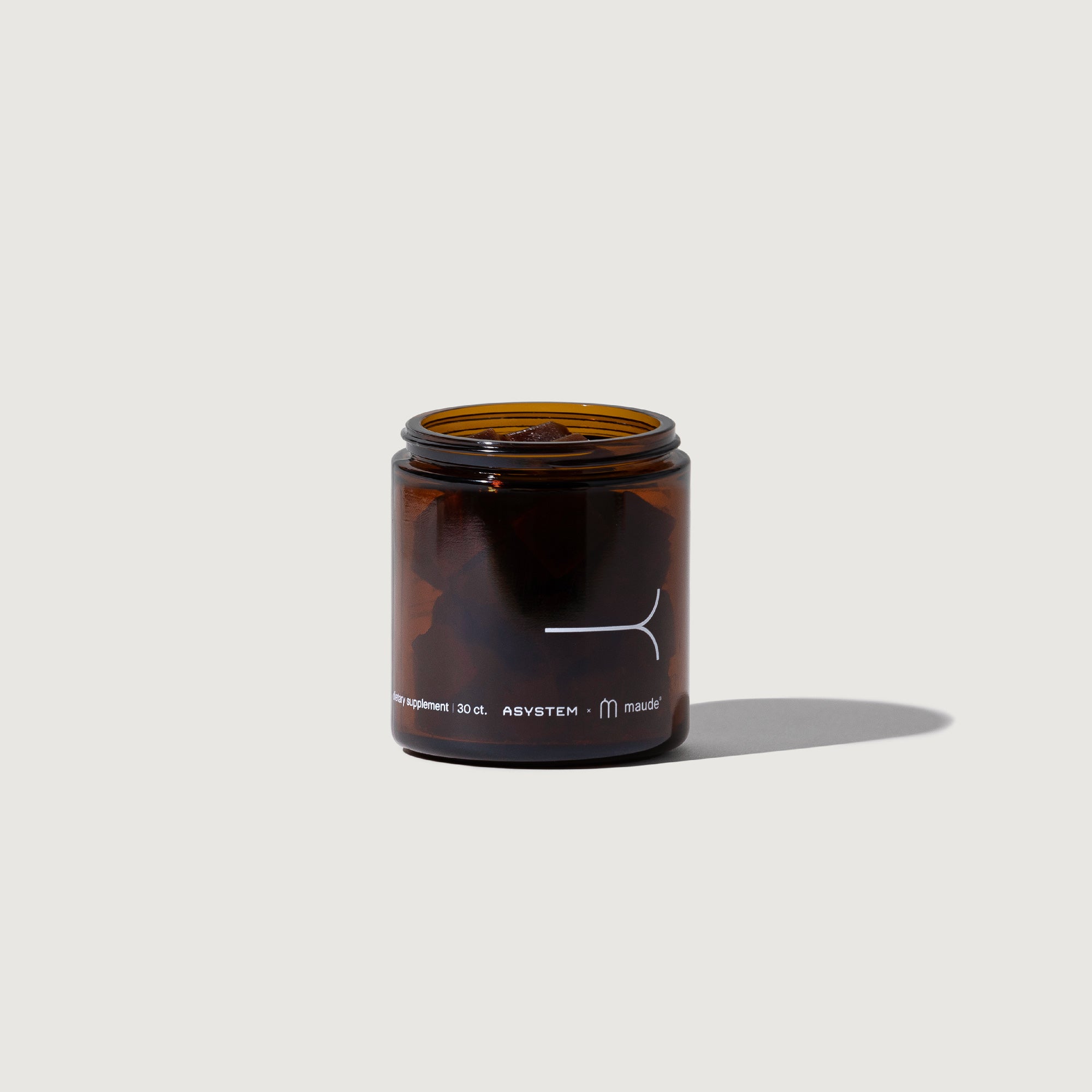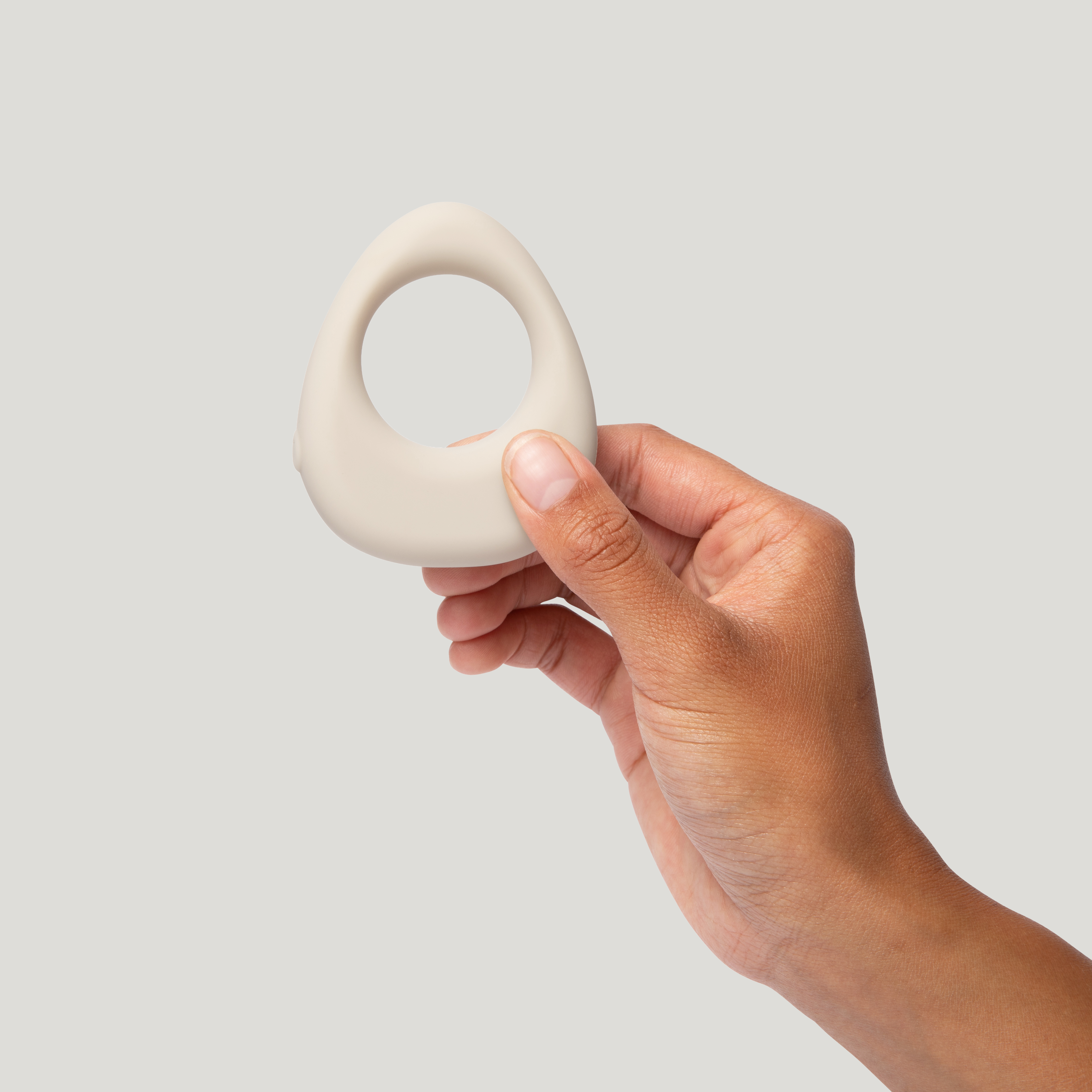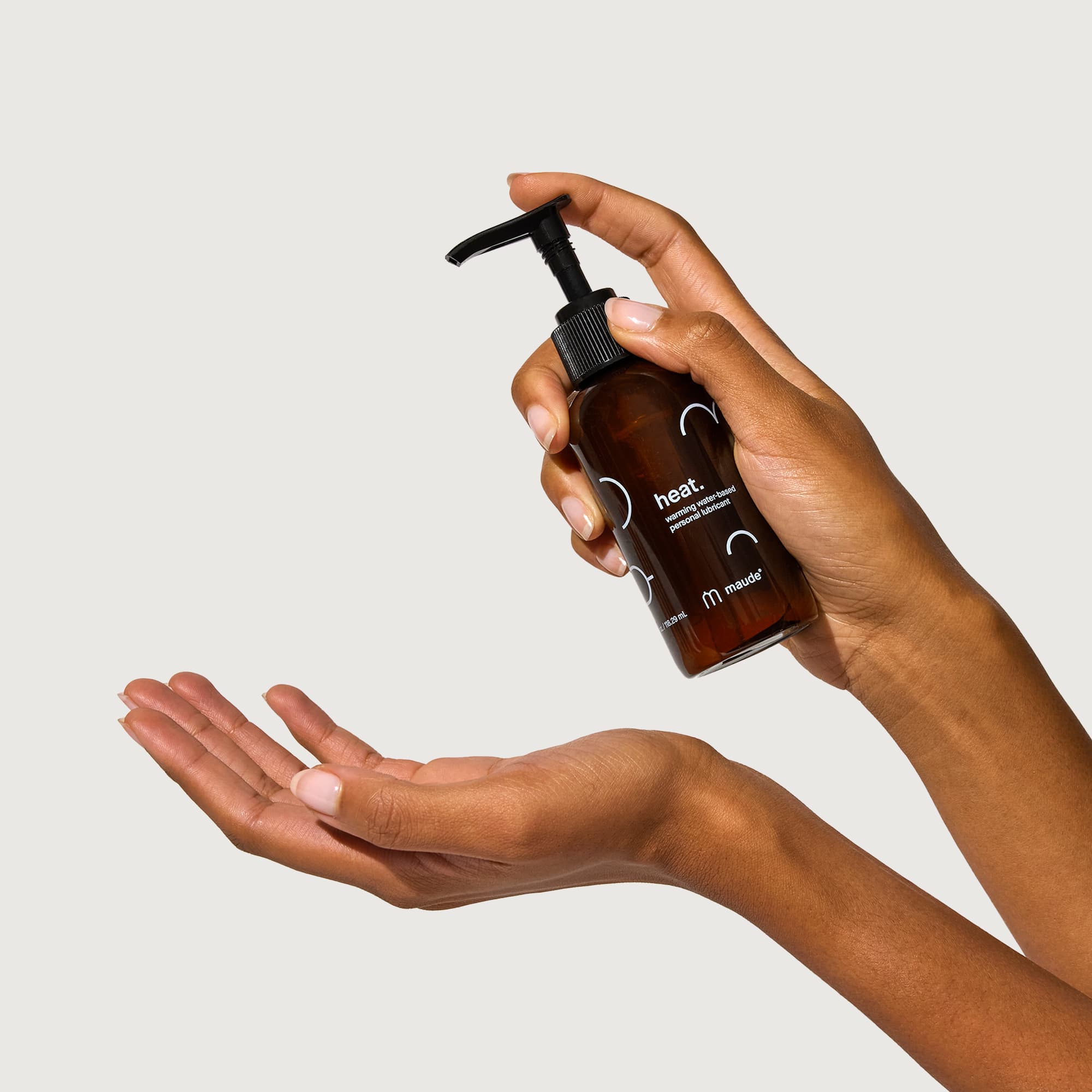It’s time to revisit cuffing season.

Is there actually a best time to meet your match?
The arrival of fall usually ushers in cool breezes, the first few orange, red, and yellow leaves on stately oak trees, and chunky sweaters and wool coats. For single people, autumn also marks the peak of what’s commonly known as cuffing season. For the uninitiated, cuffing season is the zeitgeisty name for a span of time roughly between September and December when there’s pressure to calcify that hold-over summer fling or casual hook-up into a steady relationship before winter comes.
Maybe you’re familiar with the well-circulated memes that delineate the cuffing season timeline: categorizing August as a kind of draft season, followed by tryouts and a pre-season in October and November, and cuffing season itself, which takes place between December and January. The concept is outdated, obviously, but it begs a larger question: from cuffing season to third-date-rules, why are we so inclined to place a timeline on our relationships?
It’s true that there is a comfort in expectations and boundaries, but the notion of “cuffing season” feels particularly attached to an anxiety around loneliness (amidst a somewhat solitary season).
Does the time of year in which you meet someone actually influence your expectations for the relationship? Can casual summer flings and hasty winter relationships really be a result of the weather? Here are some findings to help explain this inclination:
Biological Drives
The whole notion of cuffing season is of course socially constructed—humans, unlike other species, don’t have cyclical biological mating patterns—but there’s some scientific explanations for the seasonal pressure to couple up. In an evolutionary and historical sense, early humans had to seek out others to keep warm in the winter, and there was a better chance of survival if you faced those harsh months as a pair instead of solo. According to social psychologist Dr. Justin Lehmiller, the higher rates of online dating in the winter does have a biological underpinning, at least in part: men’s testoerone levels increase while their serotonin levels drop, which could explain an increase in sex drive and in the desire to counter loneliness. Then there’s the oft-cited statistic that more babies are conceived in the winter months, which dates all the way back to the 1800s. There is something innately human, then, in the autumnal rush to partner up.
Cuffing Season Timeline
So, if cuffing season does at least have some real scientific backing, how exactly does one navigate it? It might be a human tendency that can be traced back to the Paleolithic era, but the notion of cuffing season as we know it is a truly modern phenomenon. In 2017, Collins Dictionary shortlisted “cuffing season” as its word of the year. Though it lost out to “fake news,” there were now official parameters set around a nebulous mating trend: Collins defined it as “the period of autumn and winter, when single people are considered likely to seek settled relationships rather than engage in casual affairs.” There’s no real timeline, though, and it’s really a dating trend that you can take seriously or disregard—pressure can sometimes be productive, pushing people to take more initiative at the start of a budding relationship, but it can also be paralyzing.
The Under/Over
All in all, when it comes cuffing season, as with any purported relationship timeline, proceed with caution. These phenomenons may speak to a general mood attached to a time of year–but it shouldn’t place pressure on your dating life. Corny as it may sound, the best guide for a relationship timeline is your instinct–not a change in season.







